Waves and Tides
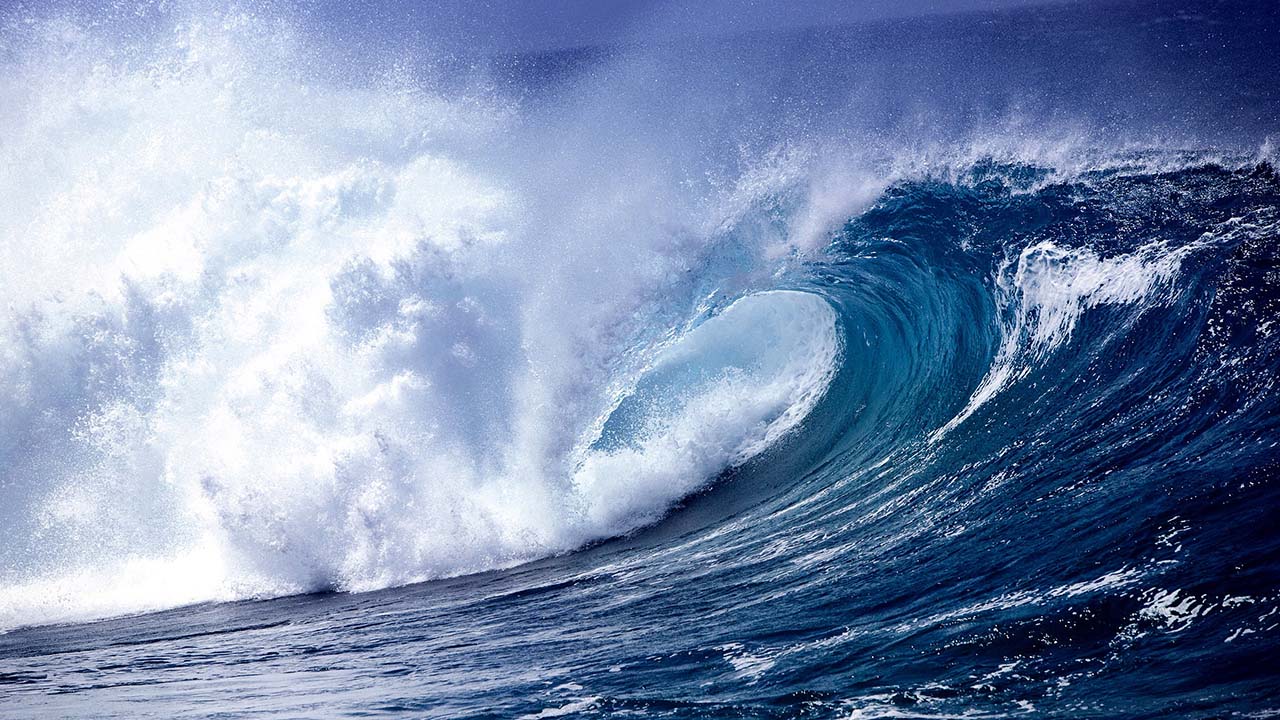
- Waves
- Surge
- Surf
- Tides
- What are the three main causes of waves?
- What causes surge?
- What causes surf?
- What are diurnal and semi-diurnal tides?
Waves
Waves can be caused by winds blowing over the surface of the water, geological disturbances and the gravitational influence of the sun or moon. Winds moving across the water’s surface generate the majority of waves by pushing the water in the same direction as the wind. Geological disturbances, such as undersea earthquakes and the gravitational influence of the sun and moon also generate waves.
As a wave forms and moves through the sea, the water on the inside of a well-developed wave moves in a circular or orbital motion, rotating in the direction the wave is moving.
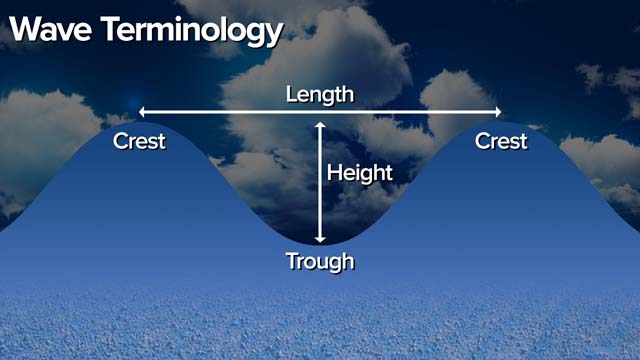
Waves are categorized by their height, length and period. The height of a wave is measured by taking the vertical distance from a wave’s highest point (crest) to its lowest point (trough). The wavelength is the horizontal distance between successive crests (or troughs), and the period is the time required for two successive crests to pass the same spot.
Waves can affect divers in any number of ways:
- When diving from boats, waves can lead to seasickness, make entries and exits — as well as simply getting around on deck or below — more hazardous, and create conditions in which it is harder to spot divers on the surface.
- When diving from shore, divers may have to deal with wave-generated phenomena such as surf, surge, longshore currents and rip tides.
- In shallow water, wave action above often reduces visibility below.
Surge
As a wave approaches shallow water, the sea bottom begins to interfere with the circular or orbital motion of the water within the wave. The circular or orbital motion begins to flatten out as the distance between the sea bottom and the crest of the wave decreases. At this point, the circular motion of the water in the waves becomes a back-and-forth motion, known as surge.
The strength of the surge will depend on the depth of the water, the size of the waves and the wavelength. Typically, if the water is shallow, the waves are large and the wavelength long, the stronger the surge motion. Terms like shallow, large and long are relative — but you get the idea.
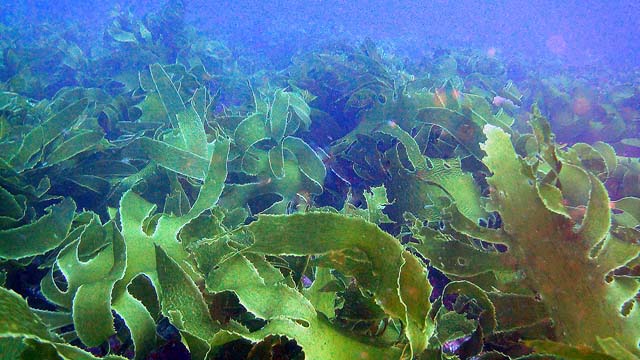
Familiarity with a dive site, including how deep the water is and how quickly the bottom drops off, may give you an idea of how bad the surge may be ahead of time. If you decide to dive, keep in mind that the surge will sweep you back and forth as the waves pass overhead.
Drift back and forth with the surge but don’t fight it; you’ll just waste energy. Swim with the surge to make headway. When returning to shore in heavy surge, you may find it easier to swim back on the surface.
Surf
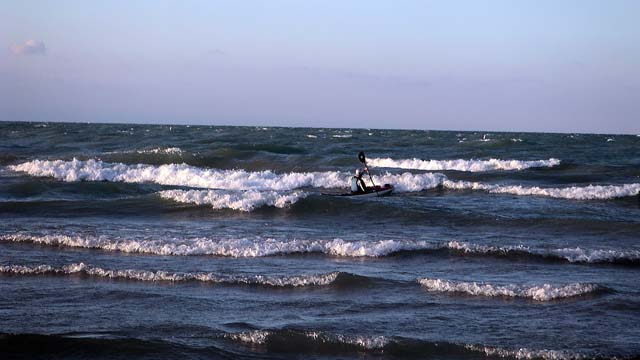
A broken wave, or surf, results when the lower portion of a wave slows down in shallow water while the top part of the wave continues to move. Eventually, the wave becomes unstable and the top portion plunges forward, causing the wave to “break.” The area in which waves break and give up their energy in a mass of foamy white water is known as the surf zone.
Tides
Fortunately, most divers are largely unaffected by tides. Those who are, however, know that it’s best to dive at high or “slack” tide. Slack tide is the point when high tide has finished coming in yet hasn’t started to go back out. The incoming high tide has increased the amount of water and raised the water level. The visibility is usually good.
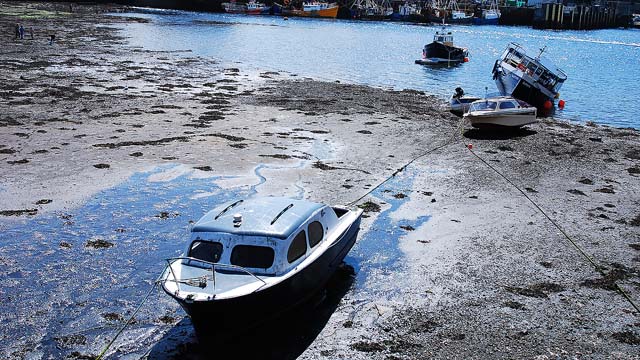
Some areas only have one high and one low tide occurring every 24 hours and 50 minutes. These are called diurnal tides; diurnal means “daily.” Semi-diurnal tides consist of two high and two low tides occurring every 24 hours and 50 minutes. If you are lucky enough to live in an area that has semi-diurnal tides, you might have more than one shot at shore diving each day.
Key Points to Remember
- Waves can be caused by:
- Winds blowing over the surface of the water
- Geological disturbances
- Gravitational influences of the sun and moon
- Surge is caused by the flatting of the orbital motion of water moving within waves as it interacts with the bottom as the waves move closer to shore.
- A broken wave, or surf, results when the lower portion of a wave is slowed in shallow water and the top part of the wave continues to move until it plunges forward.
- Diurnal (daily) tides consist of one high and one low tide occurring every 24 hours and 50 minutes apart. Semi-diurnal tides consist of two high and two low tides occurring every 24 hours and 50 minutes.
Learn More on Wikipedia
